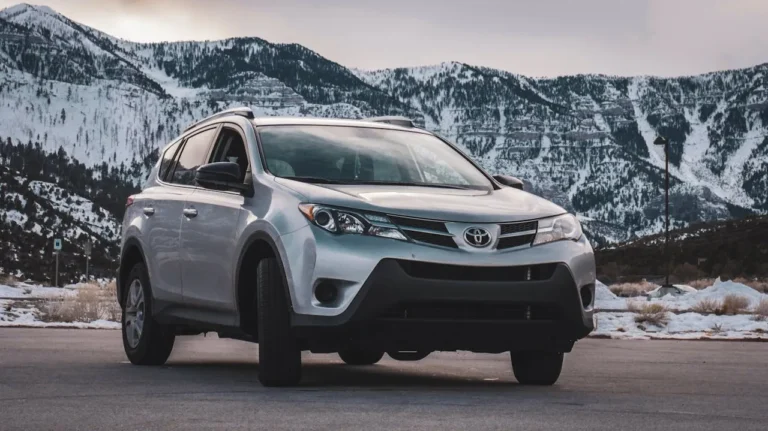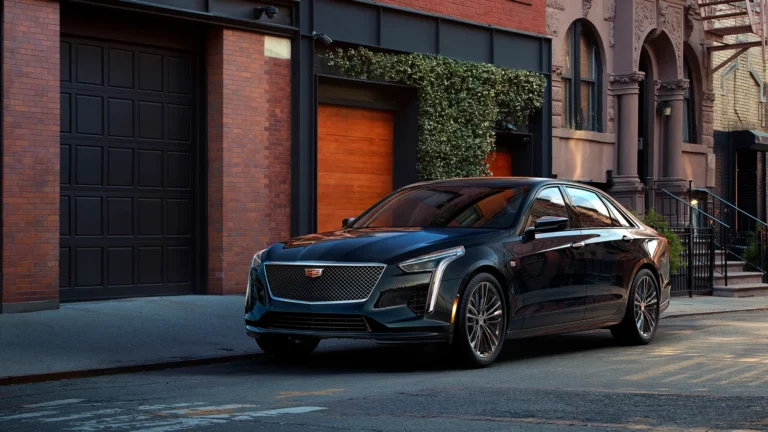
J.D. Power & GlobalData Automotive Market Forecast: March 2025
Total Sales Outlook for March 2025
The automotive industry is set for another month of growth as total new-vehicle sales for March 2025, encompassing both retail and non-retail transactions, are projected to reach 1,525,200 units. This represents a significant 9.6% increase compared to March 2024, as reported in the latest joint forecast by J.D. Power and Global Data. However, it is important to note that March 2025 has only 26 selling days, one fewer than the previous year. When adjusting for this discrepancy, the actual increase in sales volume translates to 5.5% year-over-year.
The seasonally adjusted annualized rate (SAAR) for total new-vehicle sales is forecasted to hit 16.8 million units, marking an increase of 1.2 million units from March 2024. For the entire first quarter of 2025, total new-vehicle sales are projected to reach approximately 3,860,000 units. When adjusted for selling days, this equates to a 5.3% increase compared to the first quarter of 2024.
Retail Sales Forecast for March 2025
Retail vehicle sales, which exclude fleet transactions, are also expected to see strong growth. The forecast projects that retail sales will reach 1,268,200 units in March 2025, reflecting an impressive 13.0% increase from the same period in 2024. Without adjusting for the number of selling days, this increase translates to an 8.9% gain over March 2024.
For the first quarter of 2025, retail new-vehicle sales are anticipated to reach 3,168,000 units, an 8.4% rise from Q1 2024 when adjusted for selling days.
Key Market Insights
Thomas King, President of the Data and Analytics Division at J.D. Power, highlights several crucial trends influencing the market:
- Consumer demand for new vehicles remains robust, fueling six consecutive months of retail sales growth.
- The sharp 13.0% rise in retail sales is partially driven by consumers expediting their purchases in anticipation of potential tariff-related price increases.
- While the tariff situation is still evolving, it has already begun to impact industry behavior. Notably, the anticipated rise in manufacturer and dealer incentives has not occurred, even as vehicle inventories continue to grow.
- Although incentives from manufacturers have increased compared to a year ago, they have slightly declined from the previous month. The average incentive per vehicle is projected to rise by $235 (8.3%) from March 2024, reaching an average of $3,059. As a percentage of MSRP, incentive spending is at 6.1%, up 0.3 percentage points from a year ago, but down $102 from February 2025.

Retailer Profitability & Inventory Trends
Retailer profits continue to decline year-over-year but remain stable compared to February 2025. Total retailer profit per unit, which includes vehicle gross profit plus finance and insurance income, is estimated at $2,212. This represents an 8.0% drop from March 2024 but a modest increase of $54 from the previous month.
Inventory levels have continued to rise. The estimated retail inventory at the end of March 2025 is around 2.2 million units, up 31.3% from March 2024 and 3.7% higher than February 2025. Despite rising inventory, incentives have remained relatively stable, indicating that automakers and dealers are preparing for potential price increases due to tariffs.
Consumer Spending & Vehicle Affordability Challenges
The strong sales pace in March, coupled with elevated transaction prices, means that consumers are projected to spend a record amount on new vehicles for this month. The average retail transaction price for a new vehicle is trending toward $44,849, an increase of $637 from March 2024. In total, consumers are expected to spend nearly $53.5 billion on new vehicle purchases, representing a 9.5% rise from last year.
While sales growth has helped offset declines in per-unit profits, overall retailer profit from new-vehicle sales for March 2025 is expected to reach $2.6 billion, a slight decrease of 0.7% from March 2024.
Vehicle affordability remains a growing concern as negative equity in trade-ins becomes more common. Currently, 24.6% of trade-ins carry negative equity, an increase of 0.7 percentage points from March 2024. Additionally, average monthly finance payments are projected to reach $731, a record high for the month of March and an increase of $12 from last year. Interest rates on new-vehicle loans remain unchanged at 6.82% year-over-year, further contributing to affordability challenges.
Fleet & Used Vehicle Market Trends
Fleet sales are forecasted to decline by 4.7% year-over-year as manufacturers continue prioritizing retail sales over fleet customers, who traditionally yield lower profit margins. However, there remains a potential opportunity for increased fleet sales later in the year if manufacturers introduce larger incentives to drive volume.
The average used-vehicle price is expected to remain relatively stable at $28,552, down just $22 compared to March 2024. Factors influencing used-vehicle pricing include reduced supply due to lower new-vehicle production during the pandemic and fewer lease maturities. Additionally, any tariff-induced increases in new-vehicle prices will likely lead to a rise in used-vehicle prices over time.
EV Market Insights
Elizabeth Krear, Vice President of the Electric Vehicle (EV) practice at J.D. Power, notes that consumer sentiment toward EVs has remained steady. The percentage of consumers who are “very likely” to consider an EV for their next vehicle purchase remains at 23%, the same as in March 2024.
EV market share continues to expand, with retail sales surpassing the 10% threshold this month. Notably, Tesla’s retail share of the EV market has declined from 56% in March 2024 to 50% in 2025. Meanwhile, Chevrolet has emerged as the fastest-growing brand in the segment. For the past 13 months, EVs have demonstrated a lower total cost of ownership compared to gasoline-powered vehicles.
Global Automotive Sales Outlook
David Oakley, Manager of Americas Vehicle Sales Forecasts at GlobalData, provides insight into global automotive market trends:
- Global light-vehicle sales in February 2025 increased by 8.3% year-over-year, reaching 6.6 million units. The global selling rate for the month stood at 86.8 million units, marking the highest February rate since 2018.
- China played a crucial role in this growth, with sales surging 36% due to the timing of the Lunar New Year. However, the U.S. market saw a slight decline of 1.8%, while Western Europe experienced a 4.4% drop.
- March 2025 global vehicle sales are projected to increase by approximately 5% compared to March 2024, with China, Japan, and India contributing significantly to this growth.
- Trade tensions remain a potential risk to global automotive sales. However, the industry has shown resilience, and the 2025 global sales forecast remains optimistic at 91.5 million units, representing a 3% increase over 2024.







